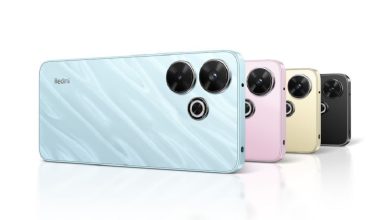Revolution in Education: How Virtual Reality is Changing Education Forever

Technology: In recent years, the integration of virtual reality (VR) in educational frameworks has led to a promising transformation, aimed at bridging the gap between theoretical learning and practical application. As cutting-edge technology evolves, classrooms are moving beyond traditional methods, providing students with immersive experiences that can simulate real-world environments in unprecedented ways.
VR in education enables students to explore complex concepts interactively. Imagine a biology class where students tour the human cardiovascular system, navigating through veins and arteries, or a history lesson that takes learners to ancient civilizations, giving them a chance to witness historical events first-hand. These experiences not only increase engagement but also significantly improve knowledge retention and understanding.
Furthermore, virtual reality expands educational opportunities beyond geographical barriers. Students in remote areas can receive quality education without the constraints of physical location. Additionally, virtual laboratories and classrooms provide a practical platform for experimentation and collaboration, which is invaluable for subjects that require hands-on practice, such as physics or chemistry.
Despite its potential, the integration of VR into education comes with challenges. High development costs and the need for extensive infrastructure present obstacles that must be addressed for widespread adoption. Still, as the technology matures and becomes more accessible, experts predict that VR will become an integral part of educational curricula around the world. Looking ahead, virtual reality’s ability to create dynamic learning environments presents a revolutionary step in equipping students with the immersive, interactive, and personalized education needed in the 21st century. The question is how quickly and effectively this technology can be implemented to maximize its benefits in diverse educational settings.





